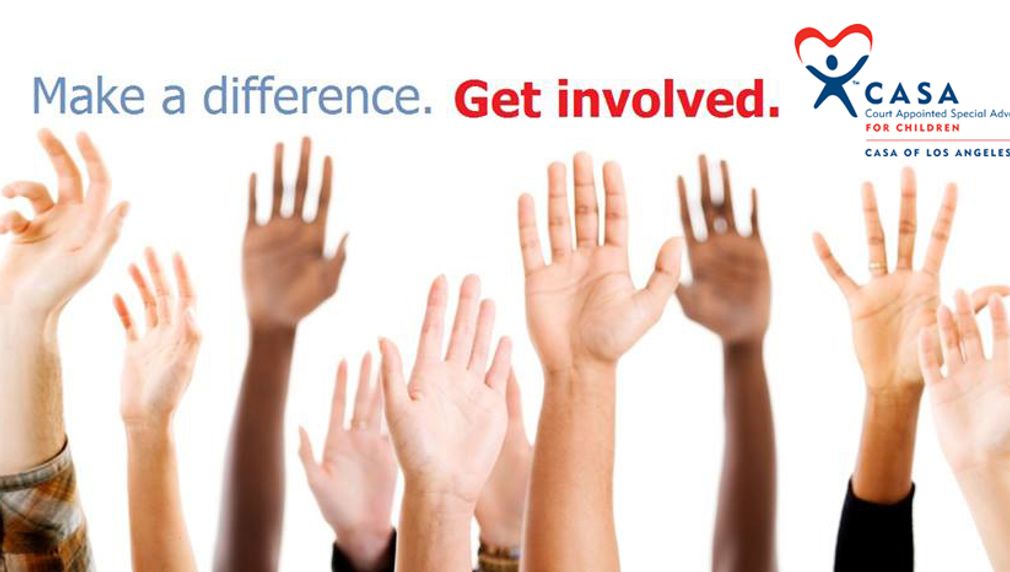College Collaborative for Foster Care Youth
Help CASA build an organizational collaborative to help more youth in foster care attend college.

Are any other organizations collaborating on this proposal?
Prospective Collaborators: First Star, Guardian Scholars, United Friends of Children, local universities and colleges
Please describe your project proposal.
CASA of Los Angeles is making a high-level commitment to expand the educational support our volunteers provide to foster youth through the College Collaborative. CASA/LA will establish formal collaborations with local partners to provide post-secondary readiness and support for abused and neglected youth, and will develop a training for CASA volunteers to better coordinate these partnerships. CASA will serve at least 30 additional foster youth in Los Angeles County through this advocacy.
Which of the LEARN metrics will your proposal impact?
College completion
College matriculation rates
District-wide graduation rates
In what areas of Los Angeles will you be directly working?
County of Los Angeles
Describe in greater detail how your proposal will make LA the best place to LEARN?
The comprehensive 2011 study “Young Adult Outcomes of Youth Exiting Dependent or Delinquent Care in Los Angeles County,” supported by the Conrad N. Hilton Foundation, found that older youth in the care system are much more likely to remain there without ever achieving permanency. Over 30% of children who entered the system above the age of 12 aged out. Subsequently, by the time they are approaching the age of emancipation from care, they are also more likely to have endured multiple placements, leading to lost personal connections, a disruption of health services, and often, several changes in school which is extremely detrimental to both academic and social development. According to the study, of the youth aging out of the foster care system in Los Angeles County, one third experienced extreme poverty, 20% received outpatient mental health services, 25% spent time in jail, and only 25% were consistently employed.
All of these issues—challenges to maintaining educational continuity and meeting grade level standards in high school, failure to secure a permanent placement, as well as basic dependency care transition and independent living issues—converge when foster youth approach post-secondary education, so it is unsurprising that the Alliance for Children’s Rights found that only 3% of Los Angeles County foster youth graduate from college. Equally important is the statistic that 70% of foster youth want to pursue a higher education. So what’s happening to this missing 67%, between the hope to attend and graduate from college and the failure to do so?
As many CASA of Los Angeles success stories, and other success stories around the country, demonstrate, despite the serious challenges foster youth face, they can do it. But they can't do it alone. The critical relationship between higher educational attainments and more positive long-term outcomes for foster youth clearly indicated by the Hilton funded study is a powerful incentive to implement more effective strategies that address these missed opportunities. CASA intends to raise awareness around this important issue within the dependency care system, and with the support of other post-secondary programs, to facilitate more foster care youth attending college.
From the standpoint of the CASA, there is probably no other role in the dependency care system better suited for this level of advocacy. Because CASAs work with the youth one-on-one, and many hold the educational rights of the youth they serve, CASAs are able to make recommendations to the Court to request for services and supports to enable youth to participate in post-secondary preparation activities, and to better promote those opportunities in all areas of their life. By working directly with the youth’s teachers, counselors, case workers, attorneys, and care givers, CASAs help establish networks of support and services around educational opportunities for these youth, increasing their likelihood of educational success.
Please explain how you will define and measure success for your project.
In order to track case progress for those youth who are assigned a CASA volunteer, CASA has recently transitioned to Efforts-to-Outcomes (ETO) Impact Software Solution, which is a web based, centrally managed application that allows staff to capture and review real time data for analysis and reporting on efforts, outcomes, and participant progress. With the implementation of ETO, we aim to: (1) improve the ways in which we capture, measure and assess our activities; and (2) improve the CASA volunteer experience through better recruitment, training and retention. ETO is the beginning of outcomes measurement at CASA. When a case is assigned, both the Senior Program Coordinator and the CASA volunteer examine the case and rate the status and level of risk of the child on a baseline scale along the three core dimensions of safety, permanency and well-being. We now document in the database the initial assessment related to these dimensions; the advocacy goals and plans (steps and procedures to be implemented); the degree to which the plan is then implemented; and how the assessment of safety, permanency, and wellbeing measures changes over time.
Over the course of the grant period, CASA will 1) Establish three Memorandum of Understandings (MOUs) with other post-secondary agencies and institutions; 2) Serve 30 youth aged 14-20 with Post-Secondary Advocacy; and 3) Develop and implement the Post-Secondary Resources core training, which will be completed by 30 volunteers.
How can the LA2050 community and other stakeholders help your proposal succeed?
Money
Volunteers
Advisors/board members
Publicity/awareness
Education/training
Community outreach
Network/relationship support